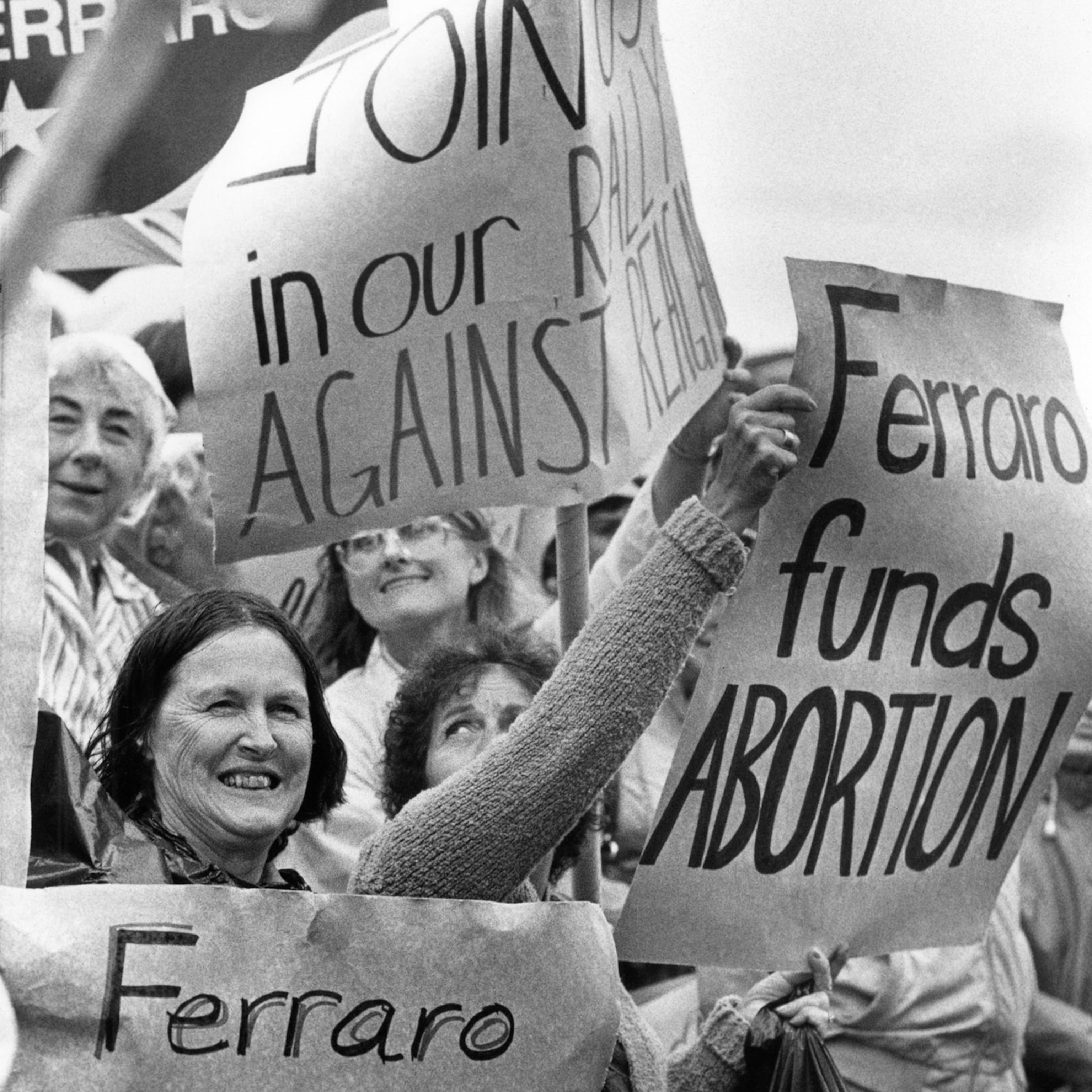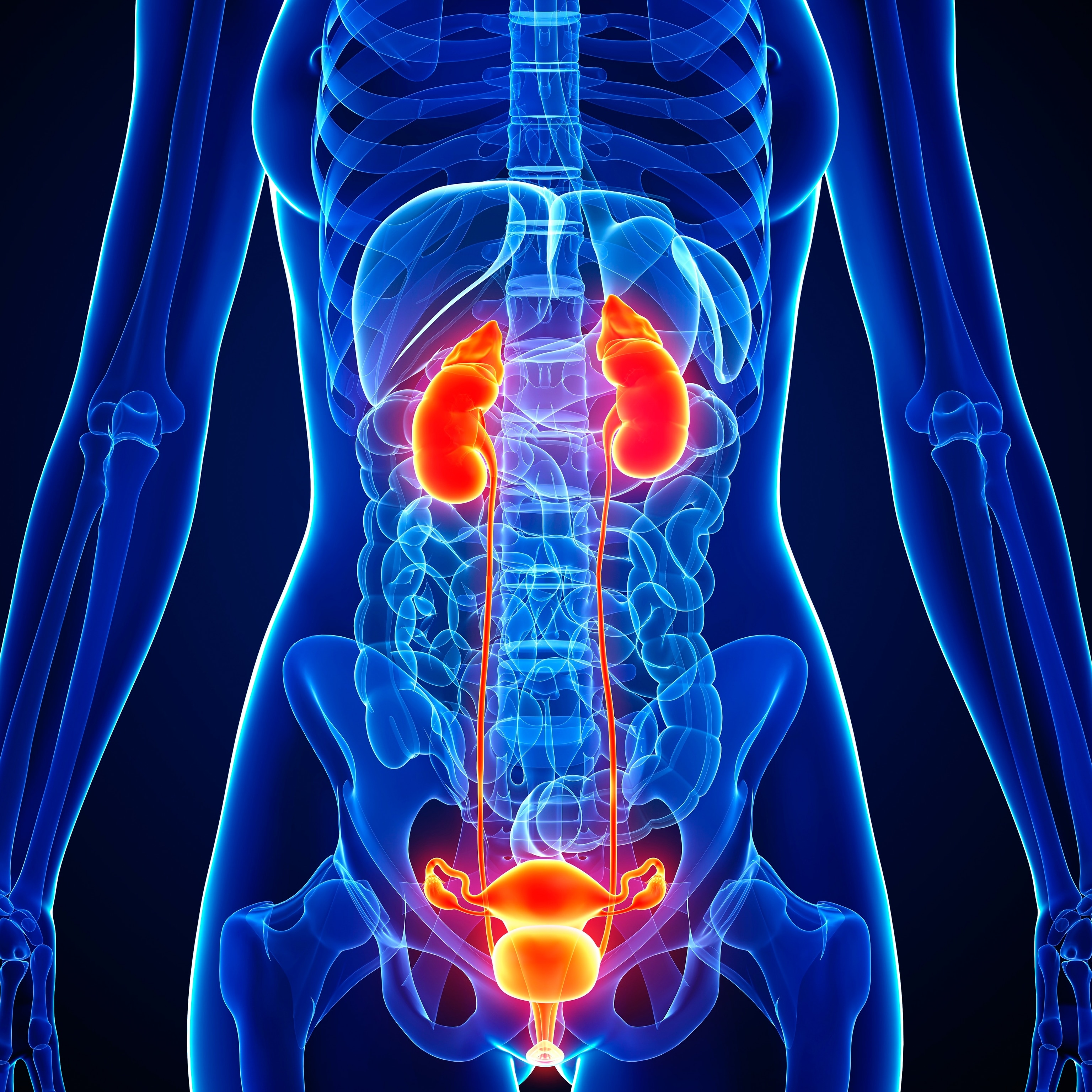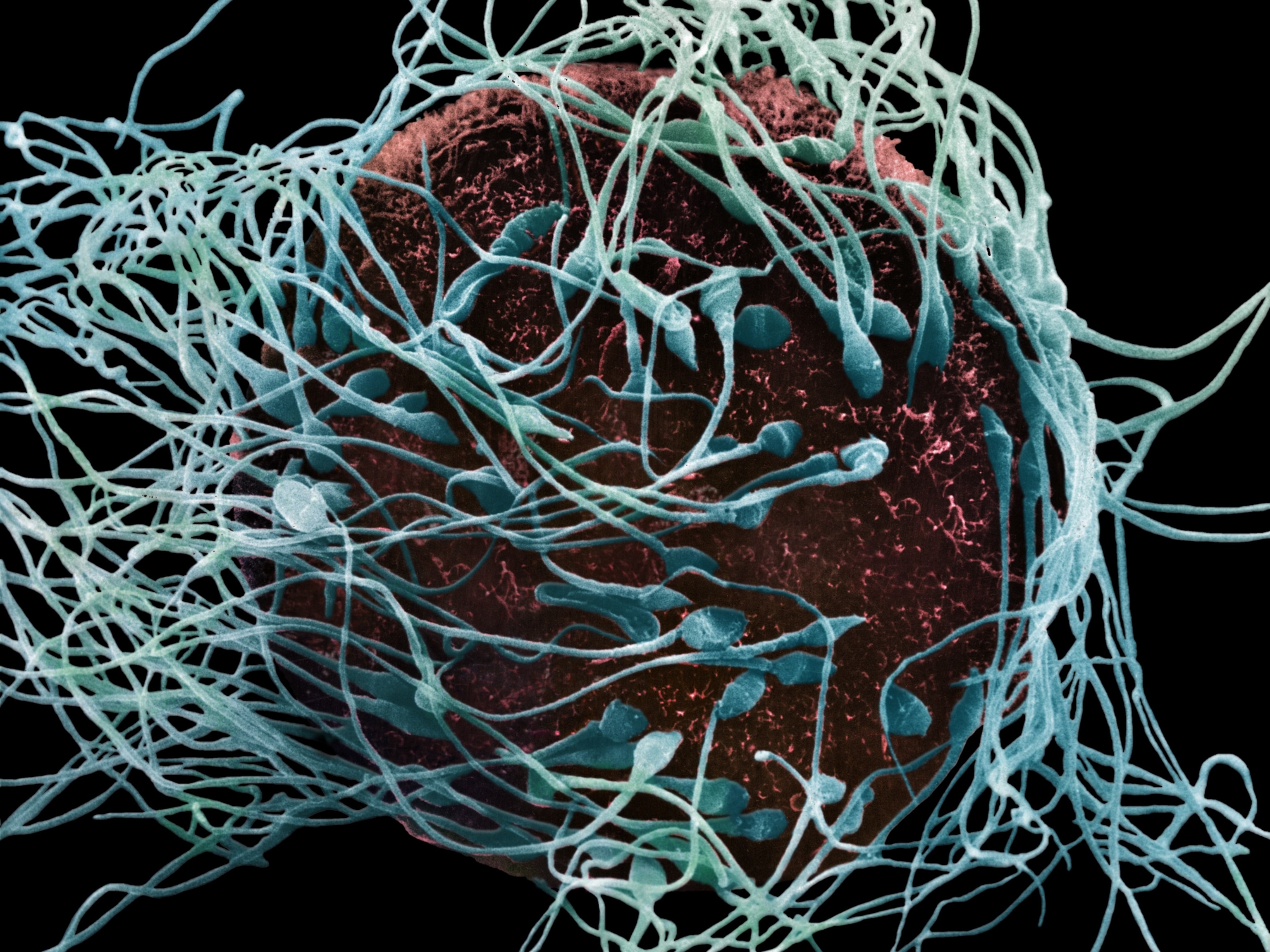
The tumultuous history that led to the landmark Roe v. Wade ruling
In the 1960s, support for abortion mounted as two public health crises caused miscarriages and severe health problems among newborn children—setting the stage for the historic U.S. Supreme Court case.
In April 1970, Jane Hodgson picked up the phone, called her local police department, and asked them to arrest her.
Earlier that day, the Minnesota physician had performed an abortion on a 24-year-old mother of three who had contracted rubella, a disease associated with miscarriage, infant death, and severe health problems for infants that survived pregnancy. As in many other states, Minnesota law only allowed “therapeutic abortions,” procedures that terminated pregnancy only if a mother’s life was threatened.
Hodgson had seen patients beg for illegal abortions—and suffer, even die, when they obtained them from other, unqualified providers. In an affidavit to the grand jury that indicted her, she wrote that she “had to make a choice between following the existing law or fulfilling her obligation to her patient, her profession, and her society.”

In anticipation of a Supreme Court decision expected to shatter decades of precedent upholding the right to terminate a pregnancy, here’s a look at the period that led up to the landmark decisions, what those two cases involved, and their legacy.
Reconsidering the nation’s abortion bans
Though abortion was not particularly controversial in the nation’s early years, opposition grew in the late 19th century and the procedure became increasingly taboo. By the mid-20th century, it was also illegal. Though women regularly sought—and got—abortions, they were a felony in nearly every state by the late 1960s, and these laws offered few, and sometimes no, exceptions related to the mother’s health or cases of incest and rape.
(The complex early history of abortion in the United States.)
During that decade, though, two public health crises brought debate about abortion into the open. The first was thalidomide, a drug marketed in Europe as a remedy for morning sickness, anxiety, and sleeplessness. About 10,000 babies born worldwide to mothers who had taken thalidomide had severe physical anomalies, and thousands of women experienced miscarriages due to the drug, leading manufacturers to withdraw it.
Though the drug was never legal in the U.S., Sherri Finkbine, an American actress known for her role as “Miss Sherri” on Romper Room, a show for kids, inadvertently took it early in her pregnancy. After learning she had taken the drug, she gave a newspaper interview in hopes of publicizing its dangers. She had asked for anonymity, but after the story broke, her hospital refused to provide an abortion—and neither would any other facility.

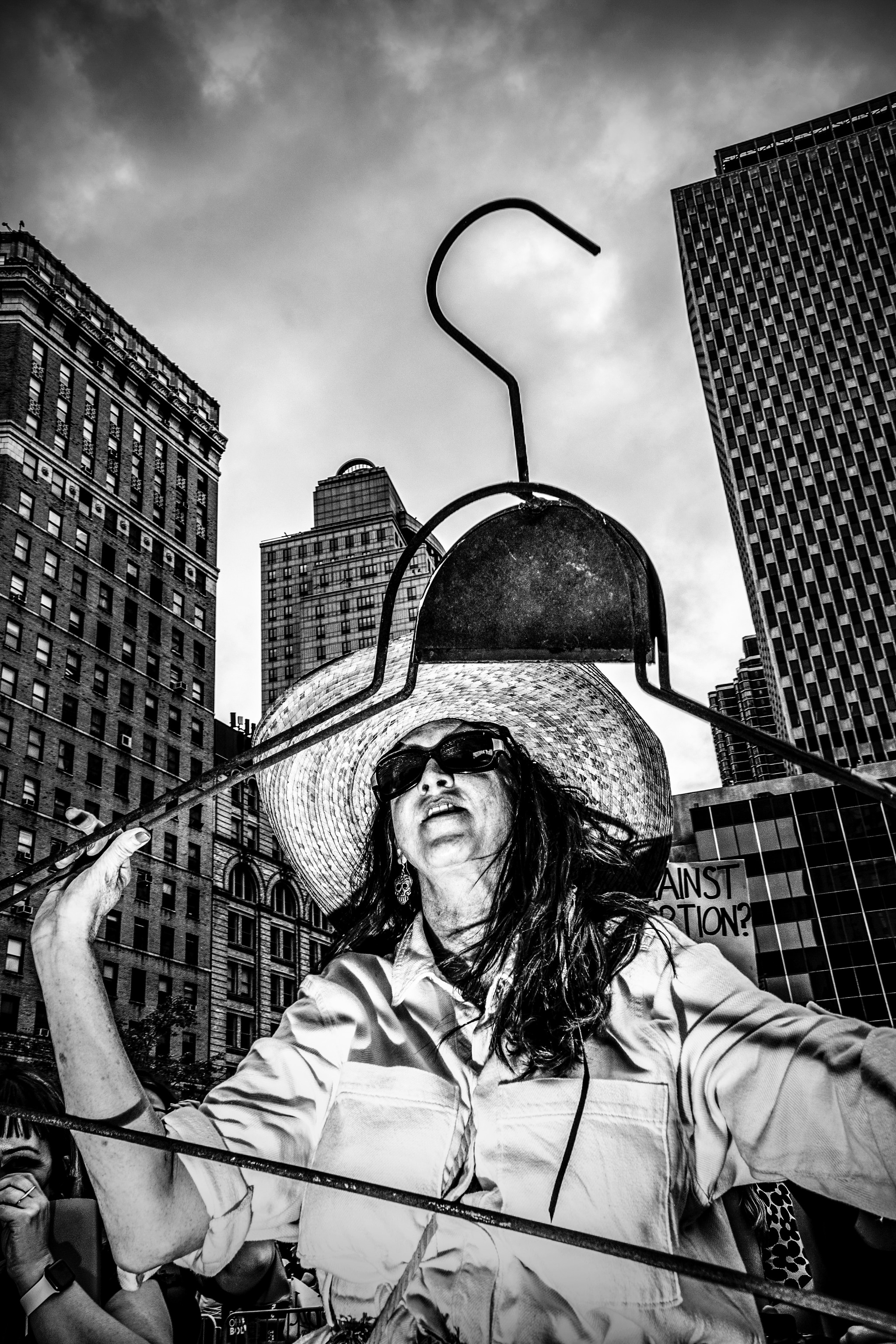
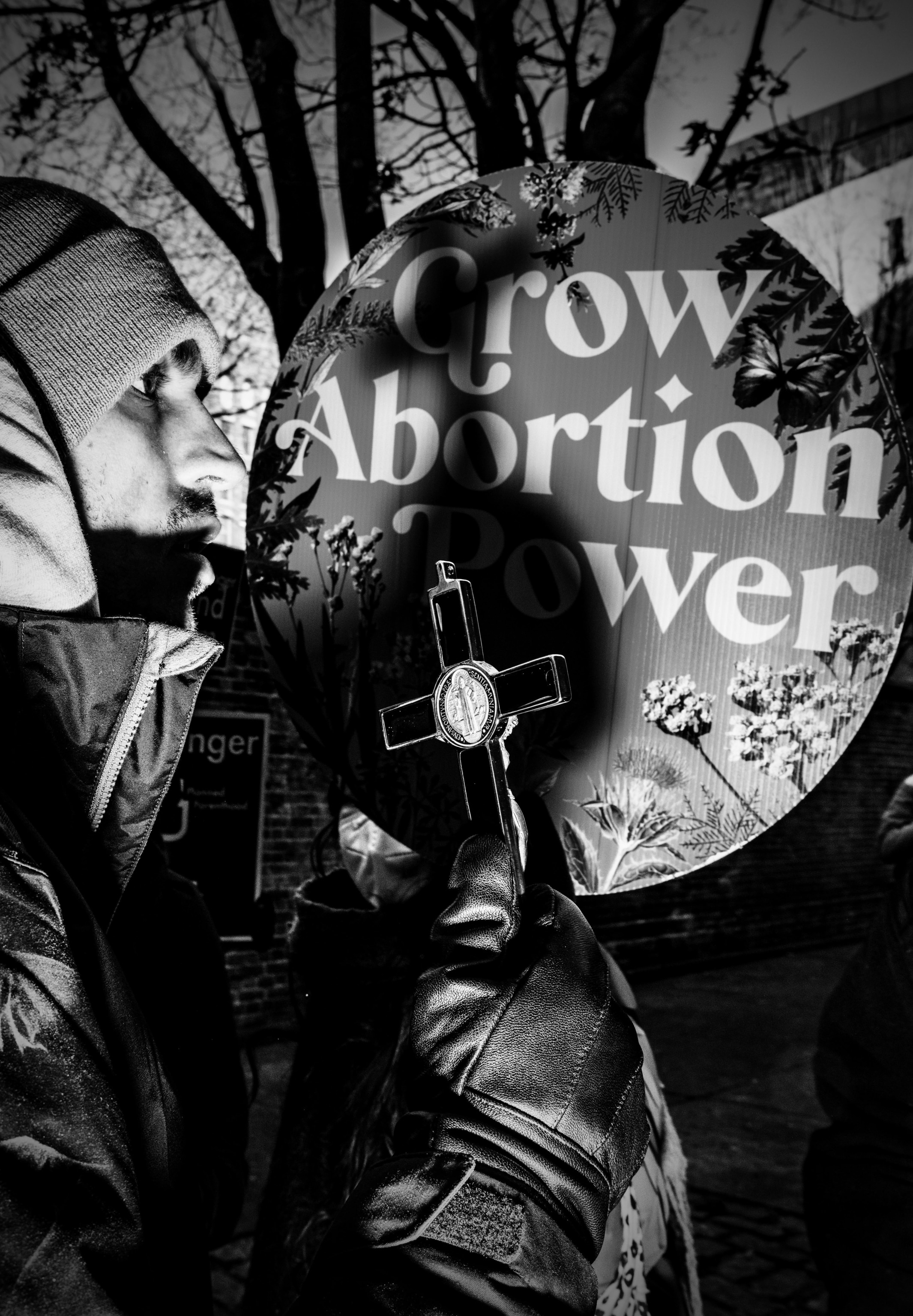
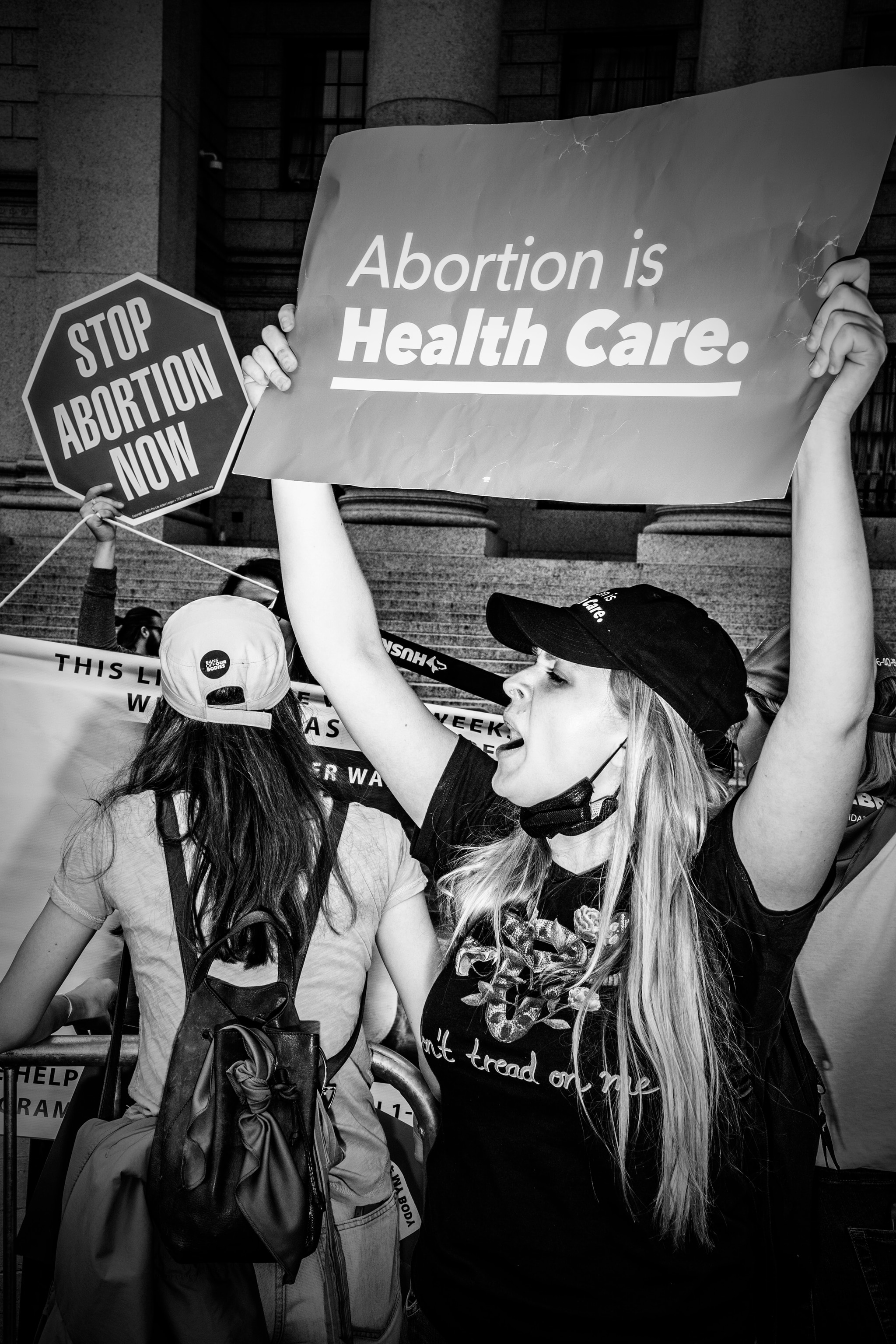
It would take a trip to Sweden to finally get the abortion. Although she weathered public condemnation and death threats, and was fired from her job, a majority of Americans supported Finkbine’s decision, according to a 1962 Gallup poll.
Support for abortion mounted in the mid-1960s with an epidemic of the rubella virus, also known as German measles. Pregnant women who had contracted rubella began experiencing miscarriages. Many newborn babies died; an estimated 20,000 were born with congenital abnormalities like deafness, atypical anatomy, intellectual disabilities, and heart problems. Though many doctors, like Hodgson, supported abortions for pregnant women who had contracted rubella, laws outlawing abortion in most cases put them in danger of arrest, loss of licensure and other penalties.
As debates about abortion raged, two test cases that would transform U.S. abortion law were making their way through the U.S. court system.

Jane Roe and the constitutional right to privacy
In 1969, 21-year-old Norma McCorvey became pregnant. It was her third pregnancy; because of struggles with money and substance abuse, she did not parent either child. This time, she wanted an abortion. But though some states had begun to slightly liberalize their abortion laws, McCorvey lived in Texas, which banned abortions unless the mother’s life was at stake.
Unlike wealthier and better resourced women, McCorvey could not afford to leave the state or obtain a hush-hush abortion from a reliable physician. But she had heard about a pair of attorneys looking to file a test case with a potential plaintiff like her—someone whose age and social class would illustrate the unfairness of abortion laws.

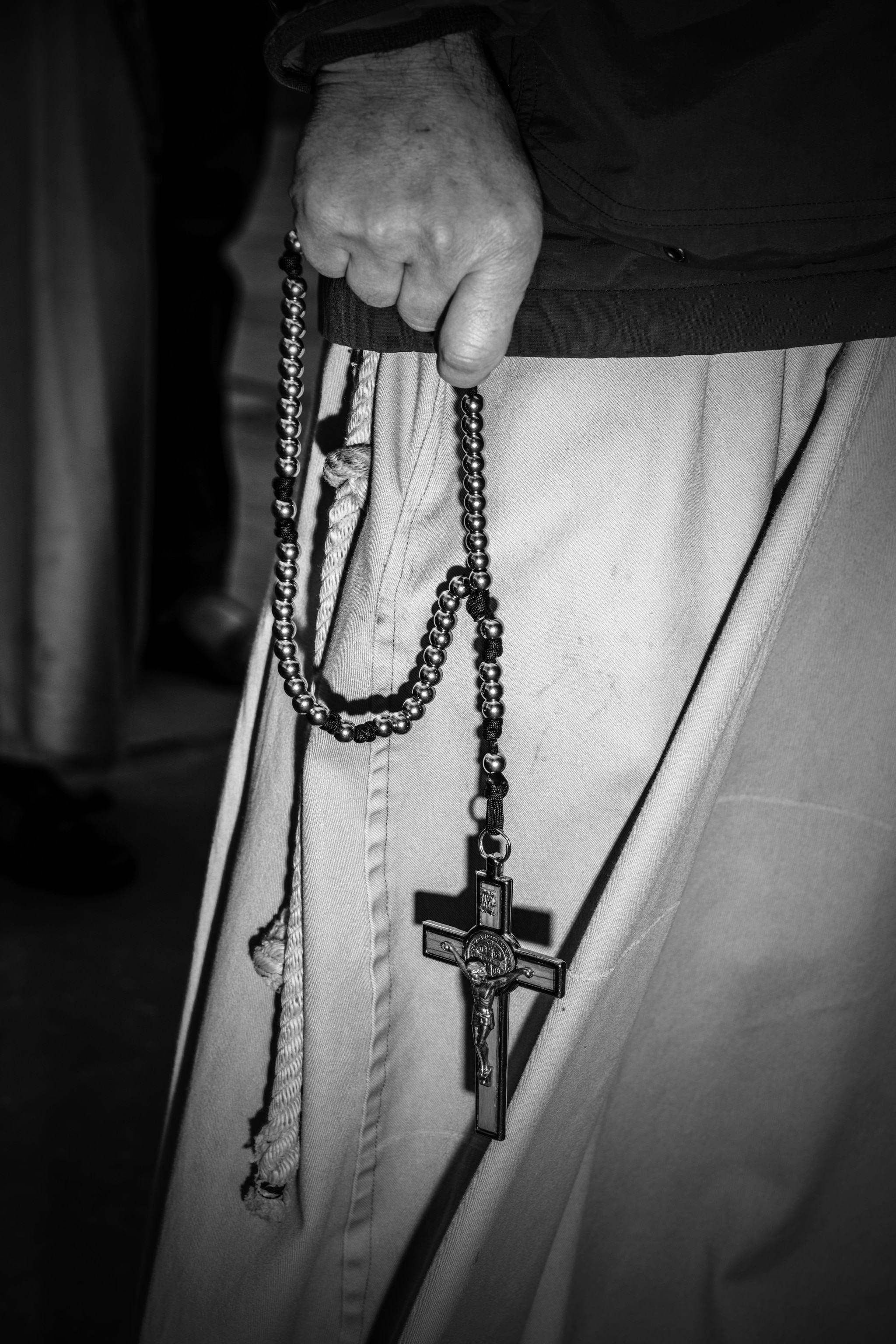
McCorvey agreed to participate in a lawsuit filed by attorneys Sarah Weddington and Linda Coffee. The case was filed with the pseudonym Jane Roe, a term commonly used in lawsuits when a woman wishes to conceal her identity. Her legal team sued Henry Wade, district attorney of the county in which “Jane Roe” lived, arguing that Texas’ law violated women’s constitutional right to privacy—their freedom to live without undue governmental intrusion in their personal lives.
A three-judge U.S. District Court panel agreed, ruling the Texas law unconstitutional. But the court declined to order Texas to stop enforcing the old law, and Wade refused to stop prosecuting doctors. As McCorvey’s case made its way through the court system, she ultimately gave birth for a third time and placed the child for adoption.
Mary Doe expands the argument
Meanwhile, Doe v. Bolton, another test case, wended its way through the courts. When 22-year-old Georgia resident Sandra Bensing got pregnant with her fourth child in 1970, she decided she wanted an abortion. Though married, she was pursuing a divorce and had trouble trying to raise her children, each of whom had been adopted or were in foster care.

At the time, Georgia forbade abortion except in cases of danger to the mother’s life or the possibility of a disabling injury; cases of rape; or cases in which a fetus was likely to be born with a severe anatomical anomaly or mental disability. Each potential caveat was accompanied by an almost insurmountable burden of proof: A woman who had been raped had to document it, for example, and family or friends could go to court to bar her from getting the procedure.
When a hospital refused to provide Bensing a therapeutic abortion, attorneys from the Legal Aid Society and the American Civil Liberties Union recruited her for a test case and sued Georgia attorney general Arthur Bolton. The lawyers argued that not only should “Mary Doe” have been approved for the abortion because of a psychiatric disability, but that the law infringed on her constitutional right to privacy and self-determination and prevented medical professionals from doing their jobs.
Bensing eventually got an abortion at a private hospital that was not subject to the same laws as the public hospital, but the lawsuit went forward anyway. In 1970 a three-judge District Court panel found that women had a right to pursue abortions even if they had not been raped, weren’t in danger of death, and were not carrying a fetus that was at risk of severe health concerns. The panel also ruled that restrictions on abortions within the first trimester violated women’s privacy rights—but added that states had a valid interest in overseeing abortion as part of their duty to protect life, which included fetuses.

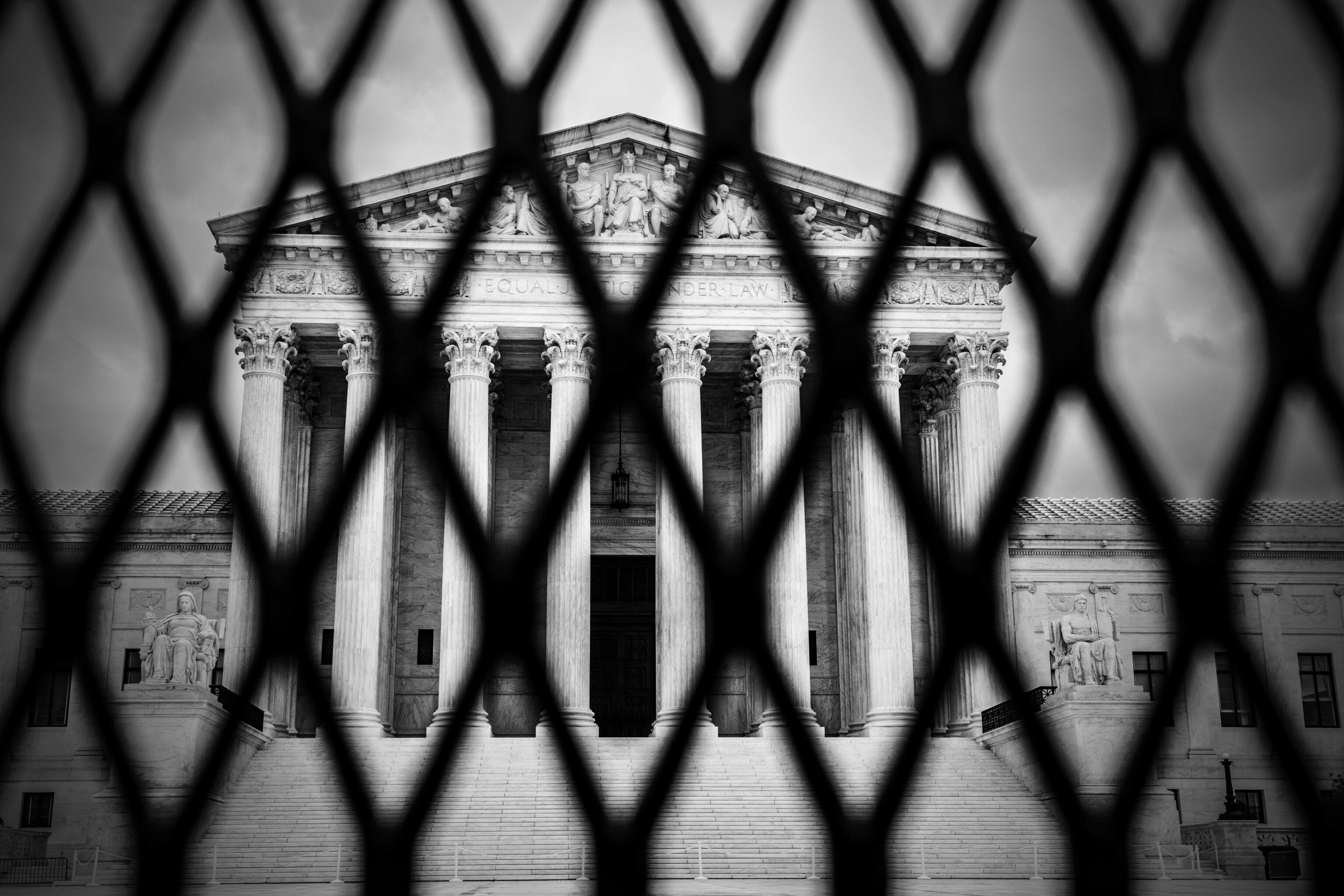
Roe and Doe at the Supreme Court
In 1973, both cases—and the future of abortion access in the U.S.—were in the hands of the U.S. Supreme Court.
Weddington argued Roe v. Wade before the U.S. Supreme Court in 1971 and 1972. She was just 26 years old at the time of the initial oral argument; the case was the first she had ever taken to trial. As she stood before the all-male justices, she argued that abortions were an individual decision and that when states like Texas forbade them, the courts were women’s only recourse.
Calling abortion “an important decision” in women’s personal lives, she pointed out the danger of pregnancy and childbirth. “A pregnancy to a woman is perhaps one of the most determinative aspects of her life,” said Weddington in her arguments. “It disrupts her body. It disrupts her education. It disrupts her employment. And it often disrupts her entire family life.”
The Supreme Court decided Roe v. Wade and Doe v. Bolton on the same day. On January 22, 1973, it found in Roe that a woman’s decision to terminate her pregnancy falls under her constitutional right to privacy. It also ruled that states have an interest in protecting both pregnant women and “the potentiality of human life”—allowing states to regulate abortion after the first trimester of pregnancy and enact requirements about things like the professional qualifications of people performing abortions. During the third trimester, states could prohibit the procedures as long as their laws contained exceptions for the mother’s life or ongoing health.

In Doe, the court reiterated that “a woman’s constitutional right to an abortion is not absolute”—but that it was unduly restrictive to require more than one medical practitioner or entire hospital committees to weigh in on an abortion’s necessity. The court also found that states could not at any point in pregnancy prohibit abortions deemed necessary to protect women’s health—which could include “all factors physical, emotional, psychological, familial, and the women’s age relevant to the well-being of the patient.”
Response to the rulings
In one fell swoop, the Supreme Court had swept aside a century of abortion restrictions and rendered 46 states’ laws unconstitutional. But initial response to the landmark decision was subdued and overshadowed by other political issues. Many Protestant leaders either did not publicly object to the ruling or expressed outright approval. But Catholic bishops protested immediately, and regional anti-abortion groups—which had been fighting liberalization laws in their own states—coalesced within weeks into a national movement determined to see the decisions reversed.
Meanwhile, American women responded in droves. Before Roe and Doe, estimates suggested there were about 130,000 illegal abortions each year in the United States; afterward, as Center for Disease Control statisticians documented, that number dropped to 17,000 in 1975. The number of women formally determined to have died due to an illegal abortion dropped from 39 in 1972 to three in 1975, and they wrote that “with the continued increase in legal abortion services, illegal abortion may soon be virtually eliminated as a cause of death.”
By 1980, nearly 1.6 million abortions were performed per year in the U.S. Over time, the procedure became safer, more accessible, and less expensive, and was offered in freestanding clinics on an outpatient basis instead of just hospitals.
As for Hodgson, the doctor who defied Minnesota law, she never ended up serving jail time, and her conviction was overturned in the wake of Roe and Doe. Despite harassment for her public stance, she spent the rest of her career performing abortions—and fighting to improve women’s reproductive health.

